NRCS: Your Soil Health Journey
A growing number of farmers and ranchers from across the country are using cover crops and soil health management systems to improve the health and productivity of their soil.
Partnership Supports Illinois Agriculture
Is it still possible for Illinois agriculture to meet the goals outlined in the Nutrient Loss Reduction Strategy? Members of the Illinois Sustainable Ag Partnership believe it is possible; and their 2021 Annual Report highlights activities that improve soil health and restore local waters.
Seven Things I Learned Planting Cover Crops
What a long, strange trip it has been! I have been using cover crops for 8 years now in Central Illinois and it has been a very fun ride. Here are a few benefits and best practices I have learned about cover crops.
Thoughts for the 2022 Planting Season
In agriculture today, we’re blessed with some of the highest grain prices on record. Jason Boehler provides his recommendations as you plant this spring.
Burndown Barriers of 2022
Spring is in the air! The grass is greening up, the songbirds are back serenading us, each day is getting longer, the daily temperature is sort of warming up, and snow is changing to rain (for the most part). But that is the problem, isn’t it? Temps are staying lower than average, and the precipitation does not seem to want to stay away for longer than a 48-hour stretch, at best.
Get to Know Greg Goodwin, PCM Director
Get to Know Greg Goodwin the new PCM Director.
Do not forget to assess fields for wireworm and white grubs before planting
Although some parts of Illinois have started to get beans in the ground, most of us are still waiting for soils to dry out and warm up. Something that should be on our radars in the week or two before planting are soilborne insect pests that may affect our soybeans.
Keep an eye out for red crown rot in Illinois soybeans in 2022
In 2018 I received some images on my cell phone. These images were of red crown rot, a soybean disease I had encountered while I was the field crop pathologist at the University of Delaware. The images clearly showed distinctive brick red, pinhead sized “balls” aggregated on the lower stems of the plant.
WEBINAR: Carbon Markets and the Soil and Water Outcomes Fund
1 CEU in Soil and Water Management


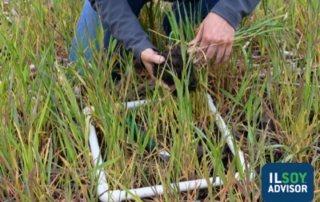
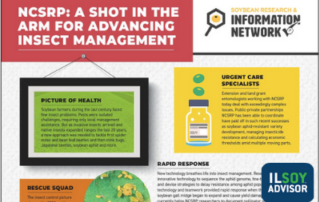
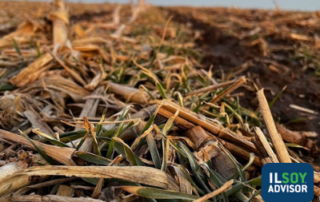
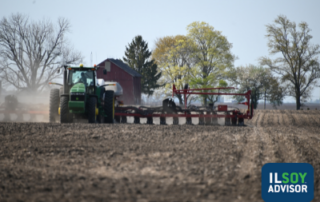
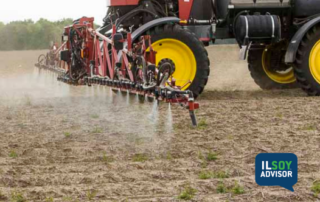

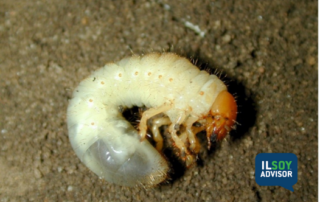
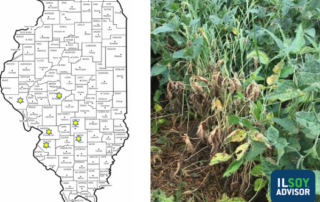


 and then
and then